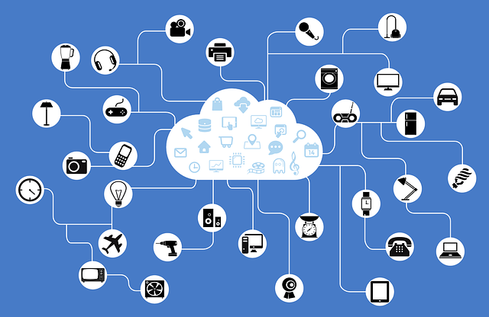Intel's Joule Maker Board Targets IoT DevelopersIntel's Joule Maker Board Targets IoT Developers
The Intel Joule developer module will help enterprises, developers, and everyday tinkerers tap into the internet of things. The chip maker also detailed its vision for 5G networks at its Developer Forum show.


10 IoT Security Best Practices For IT Pros
10 IoT Security Best Practices For IT Pros (Click image for larger view and slideshow.)
Intel this week announced the Intel Joule, a computing module for makers that includes Intel's RealSense depth-sensing camera. The goal of Joule is to lower the hurdles to help companies and developers jump into the internet of things.
Developers can use Joule to improve existing embedded systems or help bring a prototype to market faster without breaking the bank. It's a system-on-a-platform with a rapid computing engine, 4K video, and huge amounts of memory in a tiny, low-power package. Because it is based on an Intel Atom SoC, it can scale to high-volume production without much added expense.
Moreover, developers can tap into Intel's software ecosystem for the operating system of their choice.
Intel notes that Joule can provide human-like senses to smart devices through RealSense. It allows devices to capture depth-of-field information and then process that data and turn it into computer intelligence about the environment and nearby objects.
{Image 1}
This in turn gives the machine the ability to make autonomous decisions based on what it sees.
In addition to RealSense, Joule includes other Intel software tools for solving problems in industrial systems where computer vision is needed. Intel believes Joule is perfect for drones, virtual reality, augmented reality, robotics, and microservers.
Joule comes in two hardware configurations. Both are based on IoT-grade Linux and support USB 3.0; MPI, CSI, and DSI interfaces; Bluetooth 4.1; and Intel HD graphics. The Joule 570x includes a 1.7 GHz quad-core Intel Atom T5700 processor with 4GB of RAM and 16GB of storage, while the Joule 550x drops down to a 1.5 GHz T5500 processor with 3GB of RAM and 8GB of storage.
Connectivity is key, but the Joule makes a curious omission.
[Read more about Intel's recent report on workplace diversity.]
"5G is really about the machines," said Intel's Sandra Rivera, vice president of Intel's Data Center Group, at the Intel Developer Forum this week. "The tens of billions of machines and sensors that will connect and create the fabric of our future networks."
Standards bodies, carriers, and telecom companies are all still working to define 5G.
At its core, 5G will reduce latency down to almost nothing, improve speeds to 1 Gbps, and boost capacity. The latency issue is vital to resolve for things such as self-driving cars and seeing, flying drones. The industry as a whole doesn't expect 5G -- which will target the Internet of Things -- to really kick off until 2017 or later.
Joule doesn't support 5G. (It can't because 5G doesn't exist yet.) However, Joule doesn't even support 4G, which would help sell the connectivity story a bit better. The initial shipping version supports 802.11ac WiFi with MIMO for connectivity, but no cellular connections.
Developers onsite this week at the Intel Developers Forum event in San Francisco can pick up the Joule 570x immediately. Both modules will begin shipping in September.
About the Author
You May Also Like






